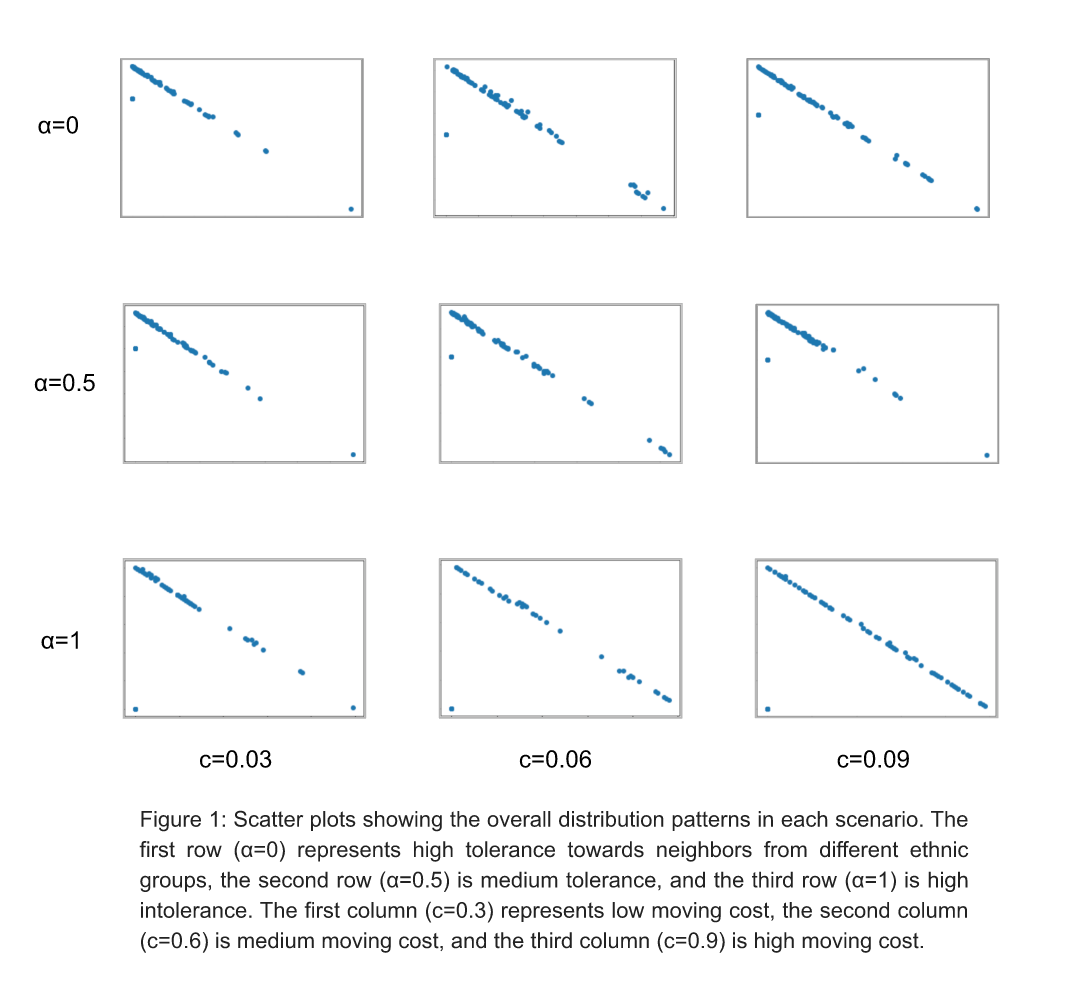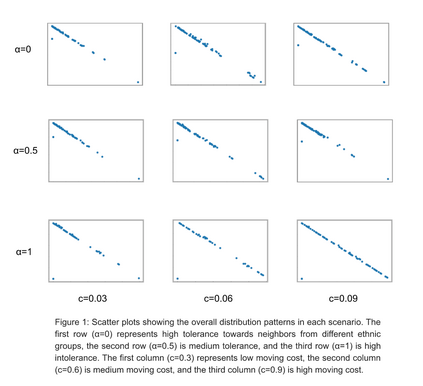Over the past decades, breakthroughs such as Reinforcement Learning (RL) and Agent-based modeling (ABM) have made simulations of economic models feasible. Recently, there has been increasing interest in applying ABM to study the impact of residential preferences on neighborhood segregation in the Schelling Segregation Model. In this paper, RL is combined with ABM to simulate a modified Schelling Segregation model, which incorporates moving expenses as an input parameter. In particular, deep Q network (DQN) is adopted as RL agents' learning algorithm to simulate the behaviors of households and their preferences. This paper studies the impact of moving expenses on the overall segregation pattern and its role in social integration. A more comprehensive simulation of the segregation model is built for policymakers to forecast the potential consequences of their policies.
翻译:在过去几十年里,诸如加强学习和代理模型等突破使模拟经济模型成为可行的。最近,人们越来越有兴趣应用反弹道导弹来研究居住偏好对舍灵隔离模式中的邻里隔离的影响。在本文中,RL与反弹道导弹相结合,模拟一个修改后的舍尔丁隔离模式,该模式将移动费用作为一个投入参数纳入其中。特别是,深Q网络被作为RL代理方的学习算法,以模拟家庭的行为及其偏好。本文研究了移动费用对整体隔离模式的影响及其在社会融合中的作用。为决策者设计了一个更加全面的隔离模式模拟,以预测其政策的潜在后果。





